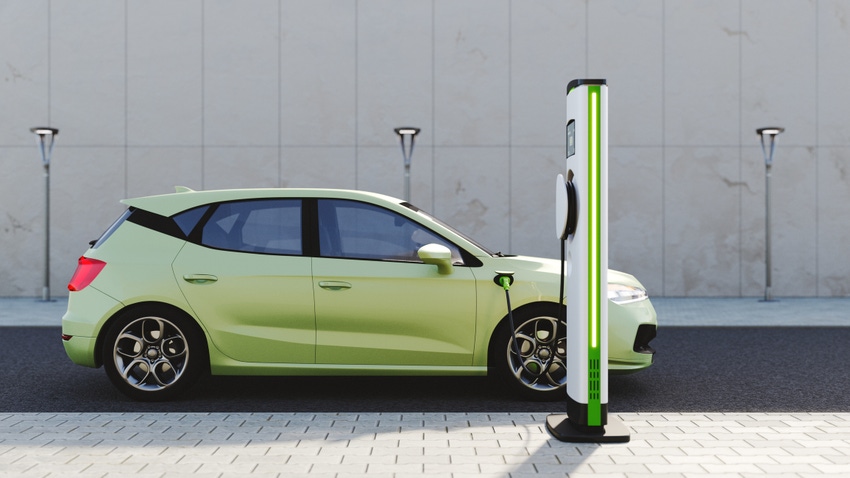Opinion: EV Infrastructure Has a Long Way to Go
While more EVs are coming, progress in upgrading the infrastructure to charge these vehicles appears to be hit or miss in major cities like New York.

In case you haven’t noticed, there has been a more pronounced uptick in electric vehicles available to the motoring public. This goes far beyond the ubiquitous Teslas and specialty vehicles such as the Rivian trucks. Now, you can find a Nissan Leaf as well as Kia and Hyundai entry-level EVs priced competitively with many mainstream cars and SUVs in the $30,000 to $50,000 price range. Consumer Reports now includes two EVs, Tesla’s Model 3 and Nissan’s Leaf, in its short list of Top 10 recommended cars.
But what needs a lot more work is the EV infrastructure to charge electric vehicles. While strides are being made and updated charging standards will promote EV interoperability, charging options in some crowded urban areas, such New York City where I live, remain far and few in between, particularly compared to states such as California.
In New York City, some residents are lucky to live in private homes and can have a charger installed at home. But it is not necessarily a slam-dunk choice. Costs can vary depending on the type of charger installed and what additional electrical work may need to be done. One problem is that many city dwellings are at least 50 to 60 years old and in many cases may require costly electrical modifications done to accommodate, for instance, a dedicated wall charging unit that can charge a parked vehicle overnight. Not helping issues for many New York City residents are steep electricity rates and the fact that many home electrical systems are already running at capacity due to the high number of devices (TV, Internet, other appliances already hooked up).
Public Charging Networks
For many city residents who do not live in a private house, the next option to find a nearby charging network. In New York City, there is a public program to expand the number of curbside EV charging stations in areas throughout the city. The problem is, this network, from a geographic coverage standpoint, is at the time quite limited. The distribution of the charging stations is uneven. In addition, several major municipal parking garages have EV chargers, but they also require the vehicle owner to travel to them, and may not be a convenient option for overnight charging.
But for many New York City residents who live in apartment buildings and have no access to their own dedicated chargers, this EV infrastructure network is pretty much their only option. Most apartment buildings are more than a few decades old and cannot easily be retrofitted with electric charging stations. Even if they could, the question then becomes who pays for them? Is it fair for the majority of building residents who are non-EV owners to subsidize the installation of a charging station for only a few people? Unlike Wi-Fi access which can potentially benefit an entire building, an EV charging station at this point may be a questionable expense given that buildings are more concerned with keeping up with rising costs for fuel and electricity, as well as maintaining aging infrastructure.
Also, keep in mind most city apartment buildings, including some luxury ones, still contain a lot of renters, thus further creating a disincentive for management to accommodate an accommodate EV owner who may not live there a long time.
No Walmarts, Either
There are efforts underway to bolster public charging networks. For example, Walmart recently announced it would install charging stations outside many of its big box stores. Problem is, there are currently no Walmart stores within the boundaries of New York City, as those stores require a lot of land to build on that is just not available and are being kept out by current zoning laws. Thus, city residents would have to travel to nearby suburbs if they want to charge their EVs at Walmart.
When the U.S. Environmental Protection Agency recently announced an ambitious plan to reduce car emissions that would in effect push carmakers to build more electric vehicles, questions immediately arose on how automakers would retool their plants to produce the vehicles to meet these requirements. But given the relatively scant EV infrastructure that currently exists in major cities like New York, a lot more attention will also have to be paid to ensure that the EV ownership experience becomes a realistic, affordable option and not just a forced burden replete with major inconveniences for city residents.
Spencer Chin is a Senior Editor for Design News covering the electronics beat. He has many years of experience covering developments in components, semiconductors, subsystems, power, and other facets of electronics from both a business/supply-chain and technology perspective. He can be reached at [email protected].
About the Author(s)
You May Also Like





